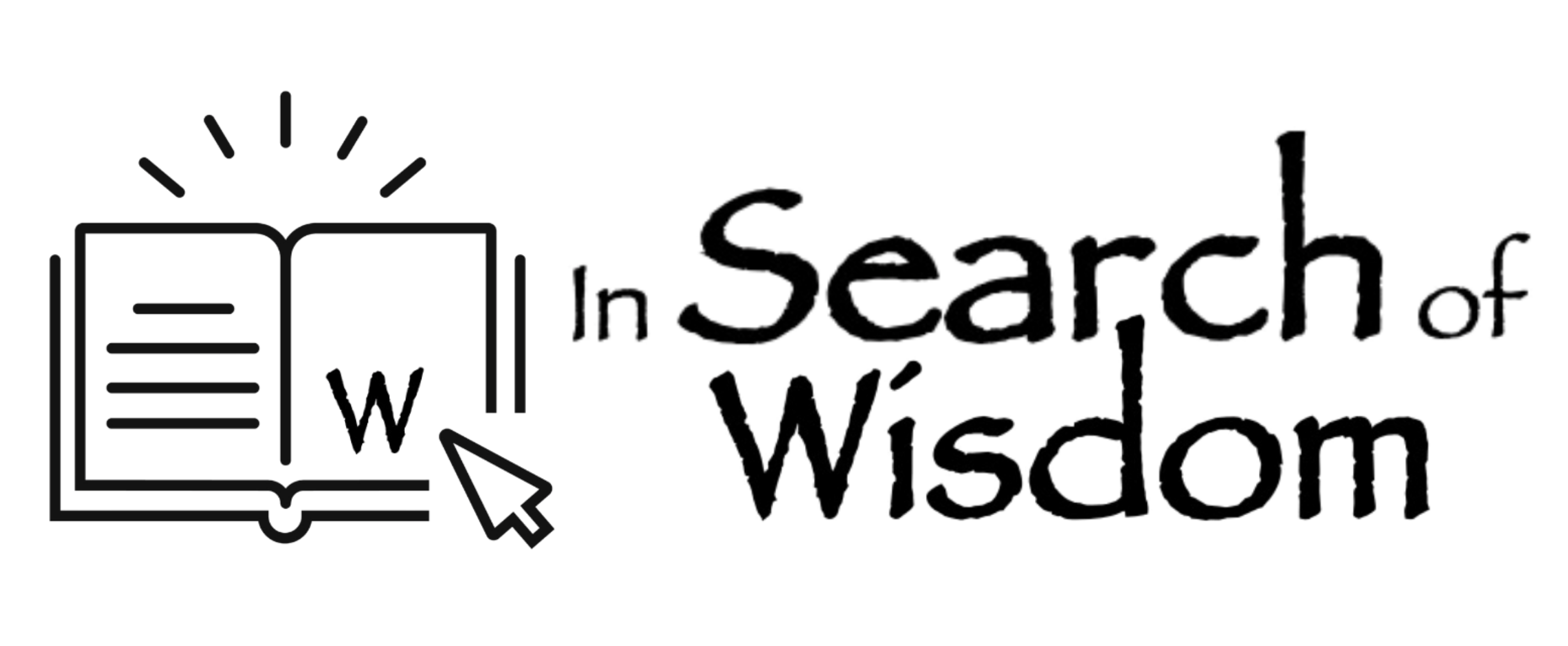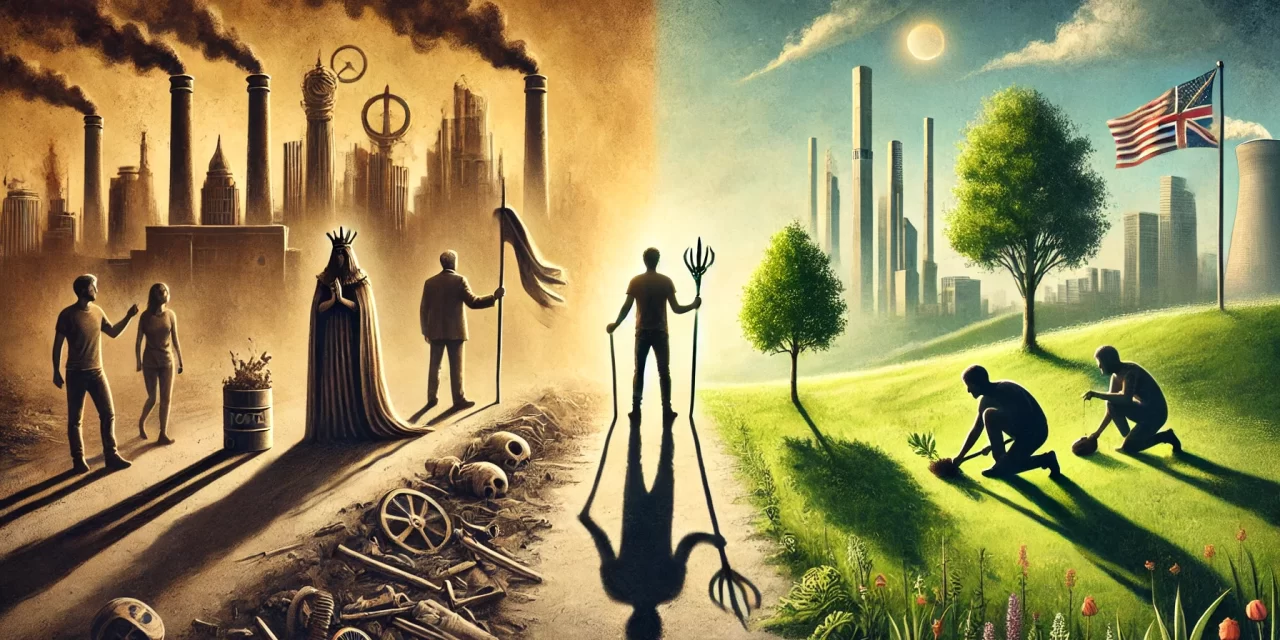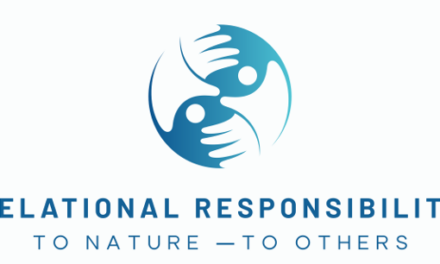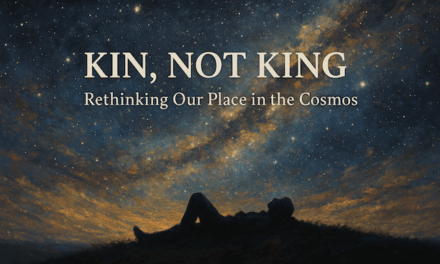Hope is Not Neutral
Hope is often portrayed as a universally positive force—a beacon in dark times, a source of renewal. But hope is not neutral. The kind of hope we cultivate shapes the future we create. If we place our hope in restoring an imagined past, we risk repeating patterns of harm. If we place our hope in regenerating a world aligned with ecological reality and human flourishing, we move toward transformation.
Today, we face a choice between two distinct forms of hope: restorative hope and generative hope. One seeks to revive a world that can never return. The other seeks to create a world that has never yet been.
Restorative Hope: Longing for an Impossible Past
Restorative hope arises from a nostalgic vision of the past, often shaped by selective memory. It appeals to a time when the world seemed orderly, prosperous, and predictable — forgetting that this “golden age” was often built on unsustainable extraction, inequality, and ecological harm.
This form of hope is deeply comforting because it provides a sense of stability and identity. It reassures us that we can return to what was lost—whether that be traditional values, a thriving economy, or a sense of national greatness.
But the past is not a blueprint for the future. The conditions that once allowed societies to flourish no longer exist. The planetary boundaries have changed. The industrial and economic models that once fuelled progress now threaten the biosphere that sustains us. If our hope rests on recreating what is gone, we will misdirect our energy and fail to adapt to the challenges of our time.
This is the mistake Neville Chamberlain made in 1938. Standing before cheering crowds, he proclaimed “peace for our time” after securing Hitler’s signature on a worthless pact. Chamberlain’s hope was not cowardly—it was sincere. But it was also a desperate attempt to restore a world that no longer existed, a world in which diplomacy alone could contain rising authoritarianism.
Today, we see a similar misdirection of hope in movements that speak of strength, resilience, and renewal while clinging to a broken past. They sound Churchillian, but they are drawing from the same springs of false reassurance that led Chamberlain astray.
Generative Hope: Rooted in Reality, Oriented Toward Renewal
Generative hope is different. It does not deny the past but learns from it without seeking to repeat it. It acknowledges that humanity is not separate from the Earth’s living systems but embedded within them.
This form of hope is relational, ecological, and future-oriented. It is grounded in:
- Interdependence: Recognizing that human flourishing depends on planetary health.
- Responsibility: Understanding that systems, not just individuals, shape our choices.
- Creativity: Seeing change as an opportunity to reimagine, not just restore.
- Resilience: Embracing complexity and uncertainty without falling into despair.
Winston Churchill embodied generative hope when he became Prime Minister in 1940. He did not offer comfort, nor did he promise a quick resolution to war. Instead, he gave the British people something far more profound: an unflinching confrontation with reality and a call to action. He refused to pretend that the old world could be restored, but he inspired people to build a new one.
That is the kind of hope we need now. Not the false promise of restoring an unsustainable past but the courage to reimagine and regenerate a world that allows life to flourish.
Hope That Heals, Hope That Harms
The great challenge of our time is not whether to hope, but how to hope wisely.
- Restorative hope clings to illusions of control, seeking to rebuild a past that no longer exists.
- Generative hope embraces the hard truths of the present and rallies people toward transformation.
Hope, when misdirected, can deepen crisis. Hope, when aligned with ecological and moral truth, can renew the world.
Terry Cooke-Davies
15th February 2025
Profound thanks to ChatGPT(4o) from OpenAI for assistance with this article.






